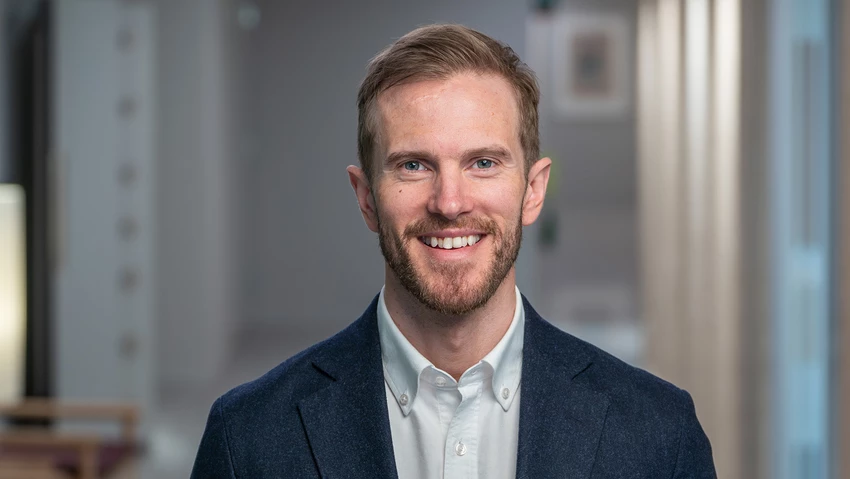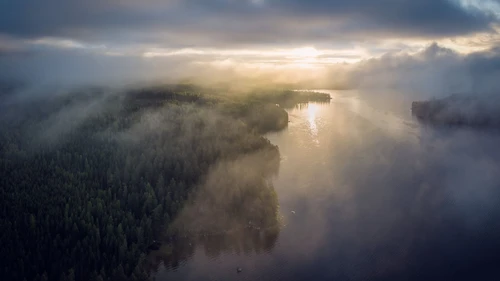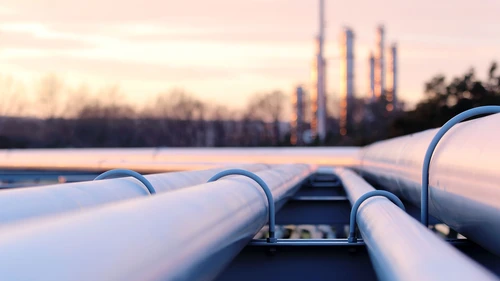
What are the key elements of this report?
“Behind each target there is much analysis and work that has been done to make sure that these are relevant targets that the bank can work towards. With this report we are increasing transparency and sharing more details on the actions we take to achieve the targets and also the progress we’ve made. As the largest bank in the Nordics, proper analysis of the starting point and current status of where our customers are in their climate transition is one of our top priorities, however, it takes time to build a proper understanding and set targets on metrics and measures that can have an impact in the real economy.”
Is the transition in society going fast enough?
“Decisive and immediate actions are needed across all parts of society. It is, however, clear that the progress is not developing with the scale and speed needed to limit warming in accordance with the Paris Agreement. There are, however, positive developments, especially in the transformation of the energy system. Renewable energy deployment is growing exponentially and costs have been falling dramatically over the past decade. We are also seeing capital flows shifting with clean energy investments estimated to outpace investments in fossil infrastructure by 2:1 this year. Five years ago that ratio was 1:1. Policy developments in the EU and the IRA in the US will drive structural changes across value chains and incentivise other regions to increase ambitions. But the bottom line is that we need to do much more, and do it faster.”
Are you planning to set more targets or expand the report to cover more of Nordea’s transition plans?
“Yes. Transition planning is a continuous and evolving process. This report is our first step to provide further details on our targets and the actions we take to achieve them. The Agriculture target did not make this report as it was just recently communicated, however, it will be included in forthcoming reports. Our aim is to continuously develop the scope and details in how we report on our overall transition progress”.


